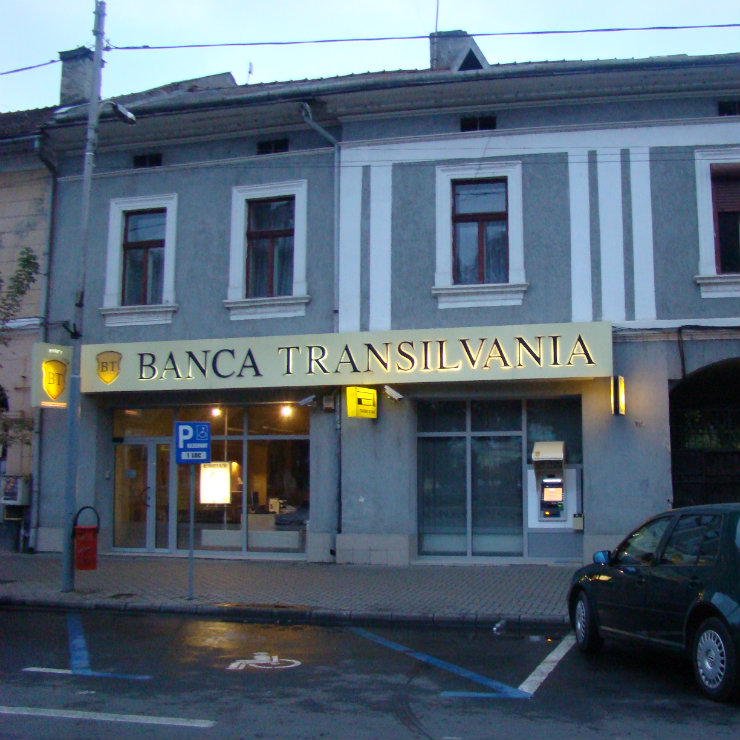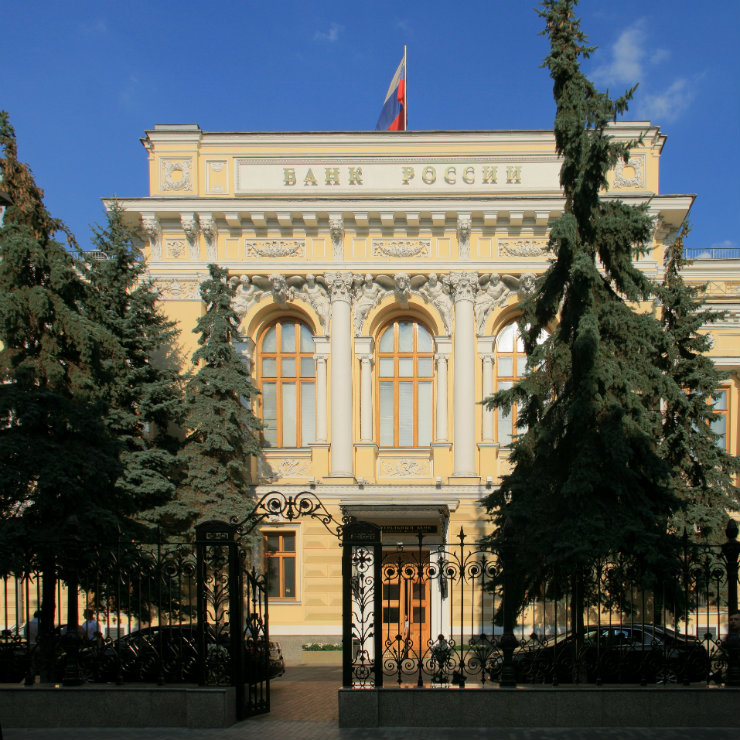
The process of reforming systemically important banks hasn't been completed yet. The independence and credibility of the regulatory and supervisory bodies will be of crucial importance in the effort to reduce the systemic risk...

Digitalization remains a challenge for traditional banks and few of them are able to achieve success that translates into financial profits. Meanwhile, an entire class of digitally-native entities has entered the market.

Due to the introduction of the bank tax in Romania a big sell-off of shares of Romanian banks occurred in late 2018 and early 2019. There was also some controversy regarding not only the taxation of banks in itself, but also the...

Montenegro’s example shows that maintaining competitiveness and macroeconomic stability in a country without its own currency requires rigorous adjustment in fiscal policy.

After almost a four-year vacuum in the Russian banking sector, as the Central Bank of Russia (CBR) was waging a protracted sector clean-up, a new bank, Bank 131, has been registered by the regulator.

On January 2019, the Central Bank of Russia (CBR) launched its new “fast payment system” (SBP) for a limited number of clients at 12 banks across Russia.

The results of the stress tests indicate that European banks have stronger capital positions and are more resilient to shocks than two years ago.

In Estonia, banking sector is in midst of debates over the role of foreign banks operation, as Scandinavian banking groups have 90 per cent of all Estonian banking sector assets.

The Polish banking sector is feeling the pressure of rising personnel costs and costs related to IT investments. Burdens are growing while the rate of return on equity declines, thus the consolidation of the sector may...

Banks in Croatia doubled their pre-tax profits in the first nine months of 2018, according to Croatian National Bank (CNB). Crotain banking sector has the highest capital employed in the economy, around HRK60 bn.